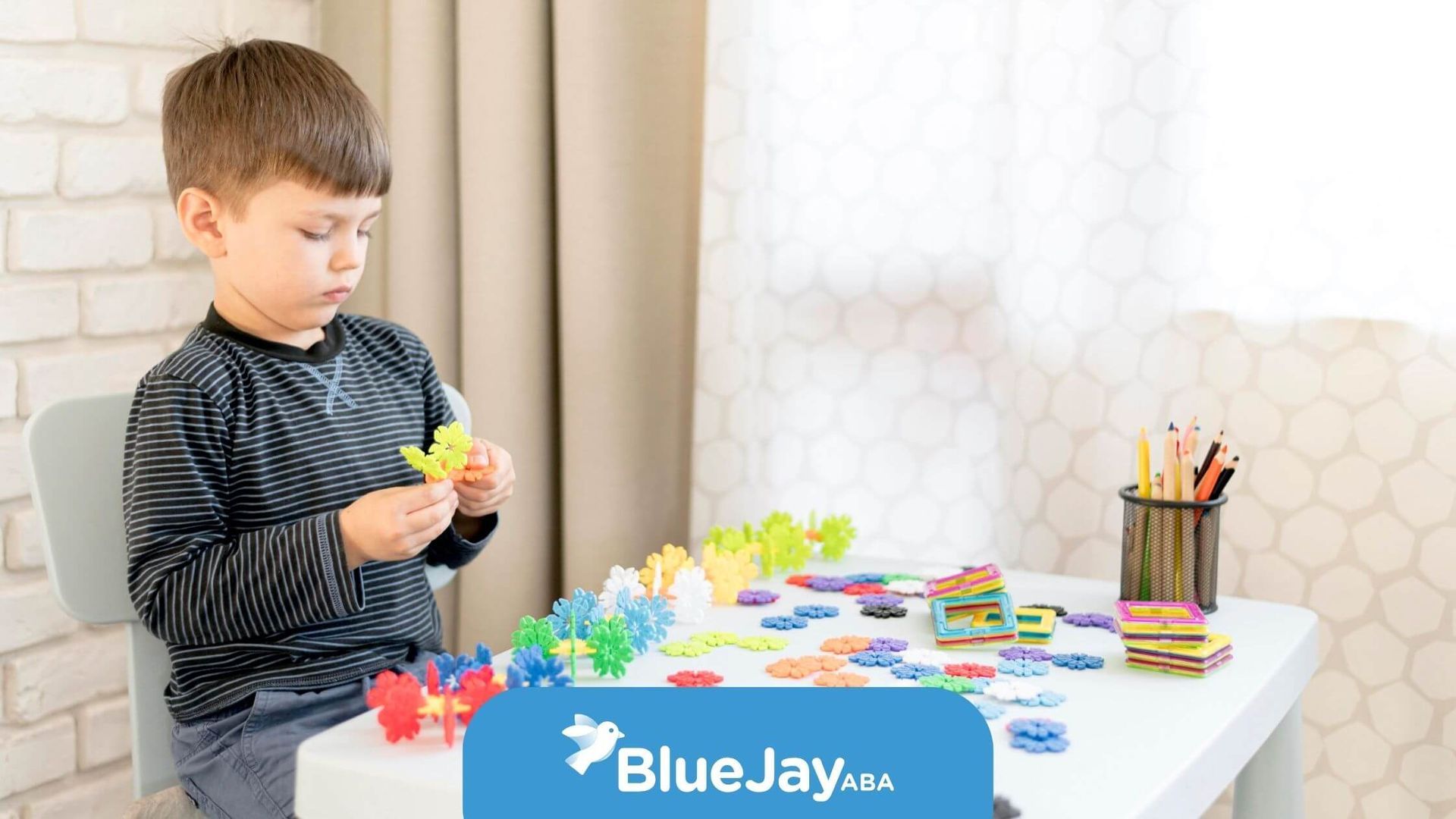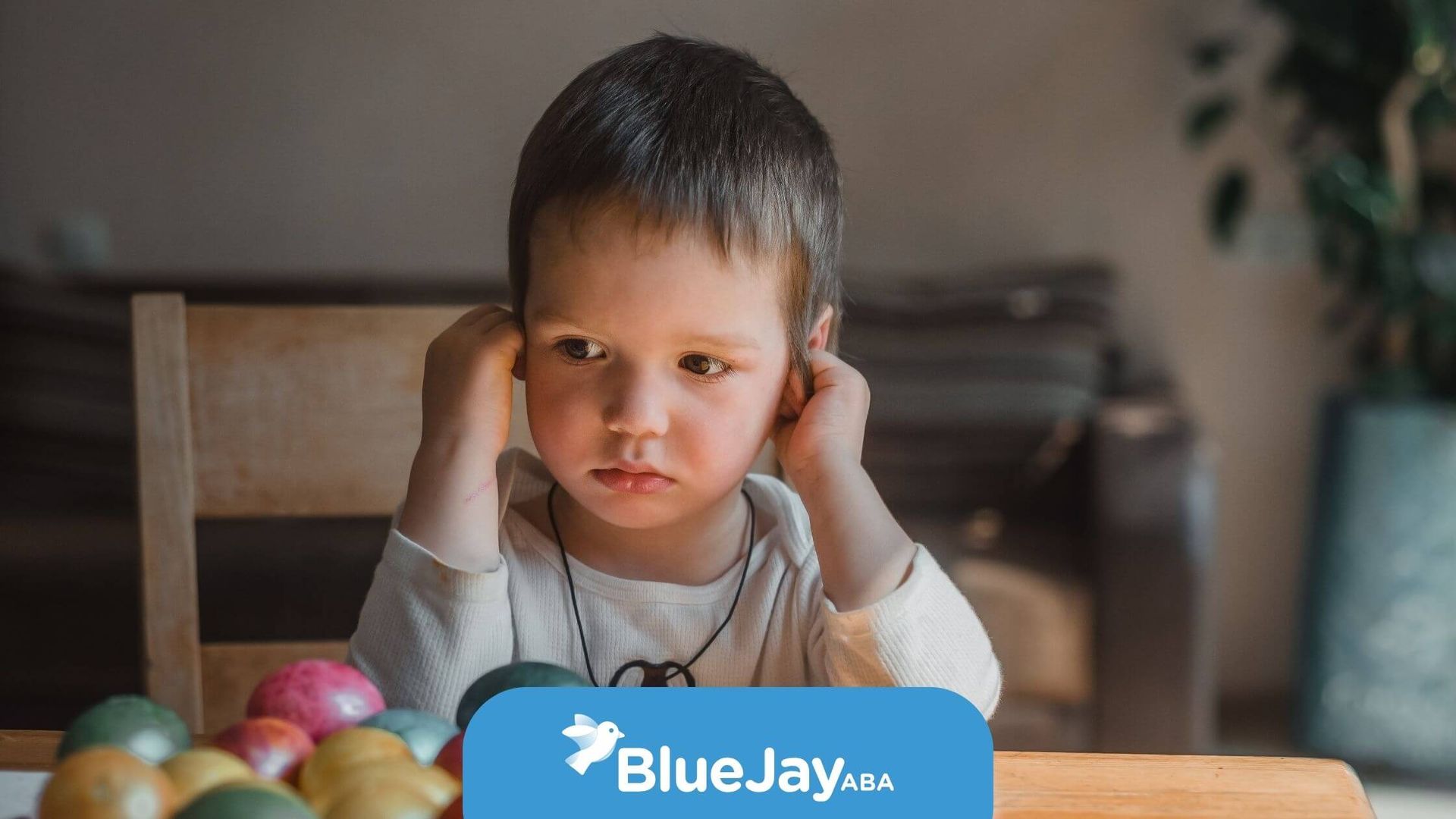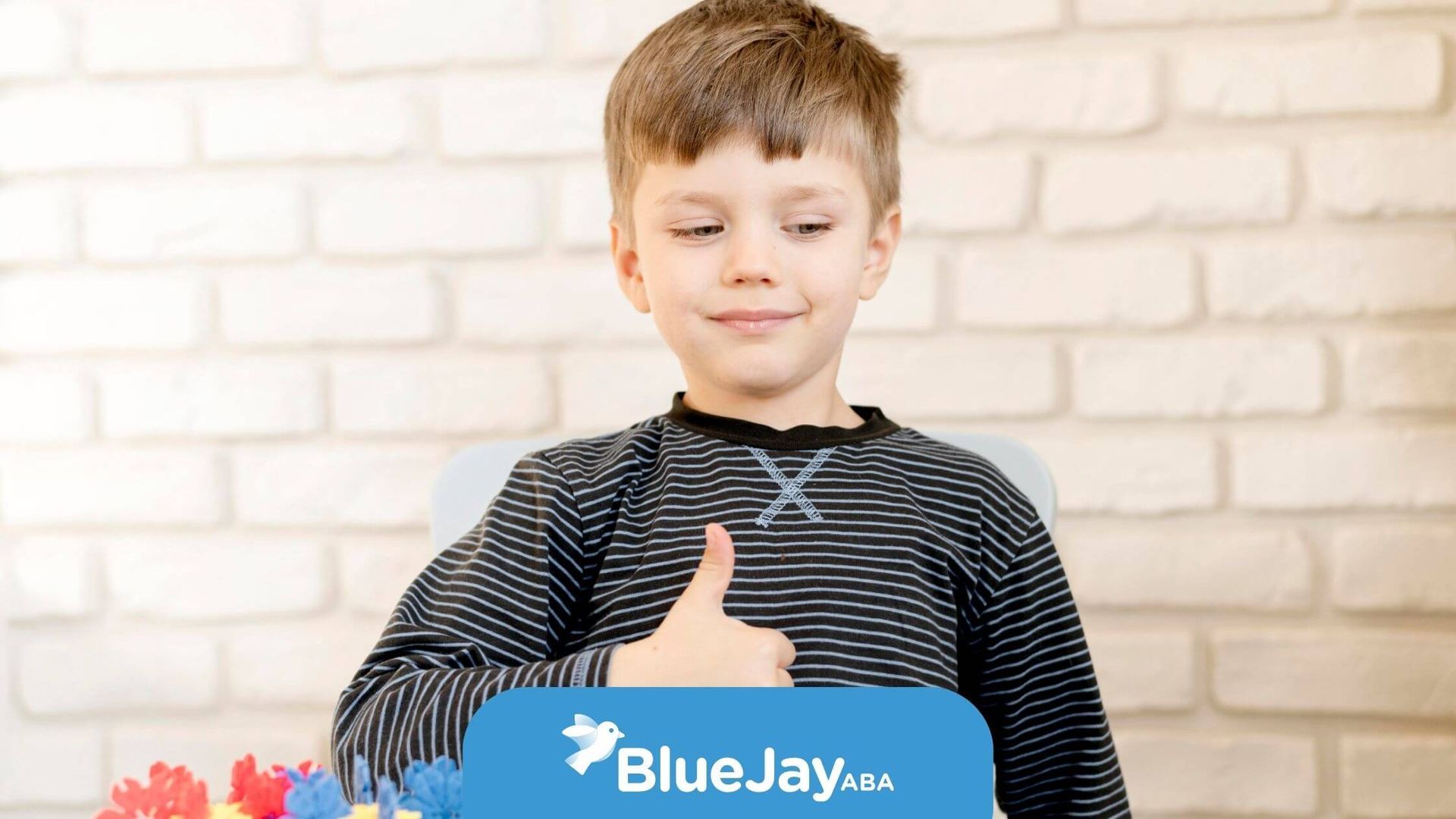Real ABA Therapy Examples That Help Children Thrive
Key Highlights
- Applied Behavior Analysis (ABA) encourages positive behavior change through tested, evidence-based methods.
- Therapists use strategies like positive reinforcement, discrete trial training, and pivotal response training to support skill development.
- ABA builds communication, social, and motor skills in both structured sessions and real-life environments.
- Challenging behaviors are addressed by teaching functional alternatives and reinforcing positive responses.
- Programs are tailored to each child’s goals—ranging from academics to self-care and overall independence.
- Ongoing data collection ensures the therapy is working and adapts as needed.
Applied Behavior Analysis (ABA) is a proven approach to supporting individuals with autism spectrum disorder (ASD). By focusing on positive reinforcement, ABA helps children build meaningful skills in behavior, communication, and learning. Whether a child is struggling with daily tasks or facing behavior challenges, ABA offers a personalized way forward.
For parents, understanding how ABA works—and seeing real-life examples—can be empowering. In this blog, you’ll explore key ABA therapy techniques that promote learning, reduce challenging behaviors, and improve quality of life for children and families.
How ABA Therapy Supports Children with Autism
Building Core Life Skills Through ABA
ABA therapy helps children with autism learn vital life skills through structured and meaningful sessions.
ABA therapists design personalized plans that target communication, social interactions, and daily living abilities. By breaking goals into manageable steps, children gain confidence and independence over time.
Example: A therapist might teach a child to request help by saying “help me” instead of grabbing or screaming. The skill is introduced with prompting, then practiced until the child can do it independently.
Turning Challenges Into Achievements
Each therapy session is guided by a behavior analyst who observes a child’s needs and selects effective strategies. Whether it’s learning to make eye contact, take turns, or follow instructions, these steps gradually lead to big improvements.
ABA turns overwhelming goals into daily achievements that build momentum and progress.
Targeted Skill Development Areas
Social and Emotional Growth
Therapists teach social rules like respecting personal space, initiating conversation, and understanding others' emotions. These skills are taught through modeling, guided practice, and reinforcement.
Example: A child who has difficulty greeting others may be taught to wave and say “hi” during circle time at school. They earn praise or tokens each time they do it successfully.
Motor and Daily Living Skills
ABA sessions often include fine and gross motor tasks like holding a pencil, buttoning a shirt, or balancing. Skills are taught in steps to build strength and coordination.
Example: To teach toothbrushing, a therapist may start with handing the toothbrush, then add toothpaste, brushing, rinsing, and so on, using prompts and praise along the way.
Academic and Communication Skills
ABA supports learning by breaking academic tasks into smaller pieces. It also focuses on expressive and receptive communication.
Example: A nonverbal child may be taught to use picture cards to request a snack or say “all done” when finished with a task.
Addressing Challenging Behaviors Through ABA
Understanding Behavior at Its Core
Therapists begin by identifying what triggers challenging behaviors and what the child gains from them (like attention or avoiding tasks). This helps create strategies that reduce unwanted behavior and replace it with better alternatives.
Example: A child who throws toys to avoid cleaning up may instead be taught to request “5 more minutes” using a visual cue or words.
Teaching Better Ways to Communicate
Functional Communication Training (FCT) replaces problem behavior with appropriate ways to communicate needs.
Example: Instead of screaming for a snack, a child learns to hand over a picture card showing what they want—or say, “I want crackers.”
Creating Safe, Supportive Routines
Therapists use consistent routines and clear expectations to create predictability.
Example: A visual schedule helps a child transition from playtime to cleanup without meltdowns. Reinforcement (like a sticker or token) is given for following the routine.
Foundational ABA Therapy Techniques
Using Small Steps and Positive Reinforcement
In ABA, complex tasks are broken into small steps, and each success is reinforced immediately.
Example: To teach handwashing, the therapist may first reinforce turning on the water. Each part of the task is taught and rewarded until the child completes the whole routine independently.
Building Long-Term Success
These core techniques build confidence and independence across settings, whether it’s learning to zip a coat, answer questions, or follow classroom rules.
Discrete Trial Training (DTT)
Clear Instructions and Focused Learning
DTT uses repeated practice to teach new skills. Each trial includes a clear prompt, a response from the child, and immediate feedback.
Example: A therapist says, “Touch your nose,” and the child responds. If correct, they receive a sticker or praise. If not, the therapist guides them to the correct response and tries again.
Supporting Language and Social Skills
DTT is ideal for teaching early language, matching objects, or identifying emotions through pictures. Distraction-free settings support focus.
Natural Environment Teaching (NET)
Learning Through Everyday Activities
NET uses natural interactions to teach skills in the real world.
Example: During snack time, a therapist encourages a child to say “more juice” or point to a cup to practice communication. Skills are practiced in natural moments instead of drills.
Encouraging Generalization and Confidence
Because skills are practiced in different settings, children are more likely to use them across home, school, and the community.
Advanced ABA Strategies for Better Outcomes
Going Beyond the Basics
Advanced strategies target higher-level behaviors like self-regulation and flexible thinking.
Example: A child might learn how to handle losing a game by practicing responses like “Good game” and taking deep breaths to stay calm.
Increasing Motivation with Pivotal Response Training (PRT)
PRT builds motivation by using the child’s interests.
Example: If a child loves cars, the therapist uses toy cars to encourage them to request “car,” take turns, or ask questions—making learning more enjoyable.
Task Analysis and Chaining
Teaching Multi-Step Skills One Step at a Time
Task analysis breaks down a skill (like getting dressed) into clear steps. Chaining teaches these steps in sequence.
Example: For brushing teeth, forward chaining might begin with picking up the toothbrush, then adding steps each day. Backward chaining starts with the final step (rinsing) and works backward.
Building Confidence and Independence
By mastering one step at a time, children feel capable and less overwhelmed.
Promoting Communication Skills in ABA
Supporting Language Development
ABA helps children learn to express their needs, feelings, and ideas using words, signs, or tools.
Example: A child may learn to say “no,” ask for help, or comment on what they see—skills that reduce frustration and increase social connection.
Picture Exchange Communication System (PECS)
PECS allows children to use pictures to communicate wants or needs.
Example: A child who wants a cookie hands a picture of a cookie to their therapist to get it. Over time, this system helps develop verbal skills.
Using Modeling and Scripting
Therapists model behaviors and provide scripts children can use during tough social moments.
Example: A child practices saying “Can I play?” during role-play. Eventually, they use it during real playtime.
Data Collection and Progress Monitoring in ABA
Tracking Behavior Changes Over Time
ABA relies on data to measure progress and adjust interventions.
Example: If a child shows fewer tantrums during transitions after introducing a visual schedule, data confirms that the strategy is working.
Functional Behavior Assessment (FBA)
An FBA looks at when, where, and why challenging behaviors occur.
Example: A child screams during math but not reading. Observation reveals it’s due to task difficulty. A new plan is created to give more support during math time.
Conclusion
ABA therapy is a flexible, evidence-based approach that helps children with autism build lasting skills. From daily routines to social communication, ABA offers tools that support children and their families in real, measurable ways. By collecting data and focusing on what works, therapists ensure each child’s progress stays on track.
Ready to see real progress for your child?
At Blue Jay ABA, we provide personalized, compassionate ABA therapy services in North Carolina that meet your child where they are—and helps them soar. Whether you’re just starting your journey or looking to enhance your current support, our team is here for you.
Contact us today for a free consultation and let’s create a plan that works—for your child and your family.
Frequently Asked Questions
What are the main goals of ABA therapy?
To teach new skills, reduce challenging behaviors, and promote independence in daily life using tailored behavioral strategies.
Who provides ABA therapy?
Certified ABA professionals like Board Certified Behavior Analysts (BCBAs) who meet national qualifications.
Can ABA therapy be customized?
Yes. Every ABA program is built around the child’s strengths, challenges, and daily environment.
Sources:
- https://online.regiscollege.edu/blog/aba-therapy-examples/
- https://pmc.ncbi.nlm.nih.gov/articles/PMC8702444/
- https://pmc.ncbi.nlm.nih.gov/articles/PMC9458805/
- https://www.autismspeaks.org/applied-behavior-analysis
- https://www.appliedbehavioranalysisedu.org/2023/12/future-of-applied-behavior-analysis-aba-new-research-areas-and-findings/
Related Posts






